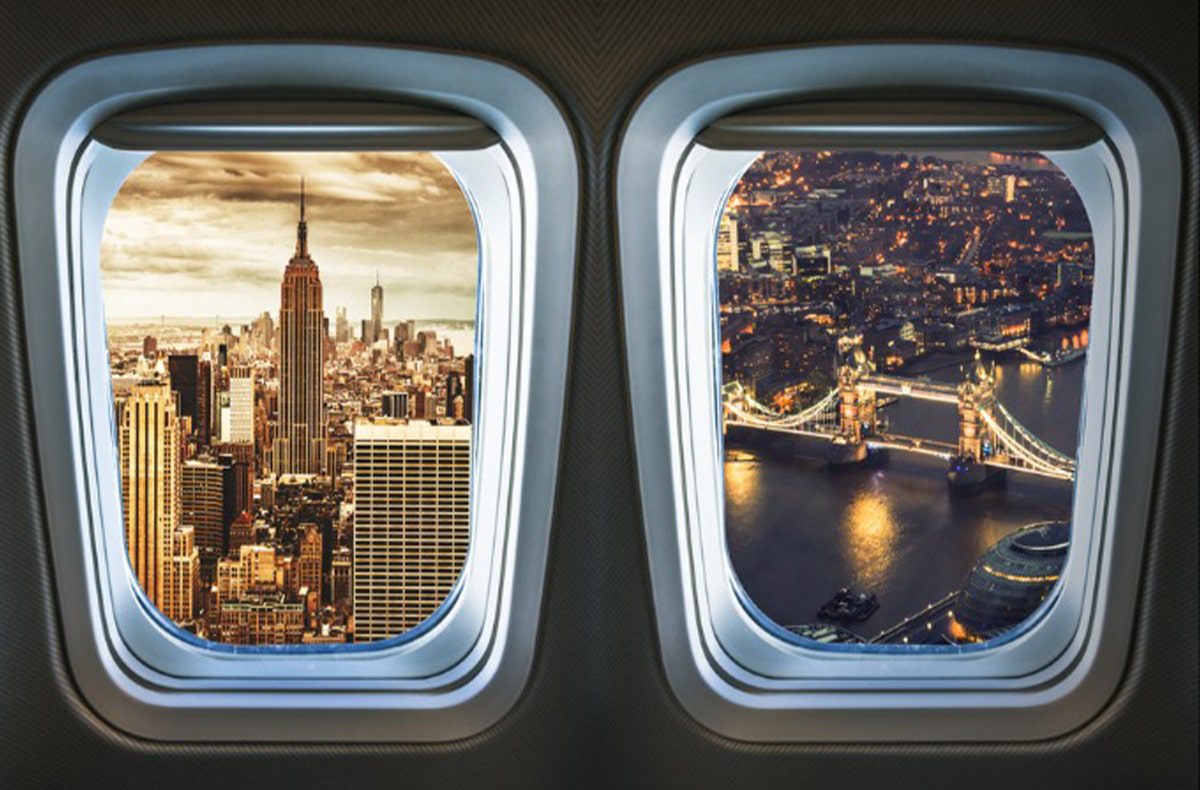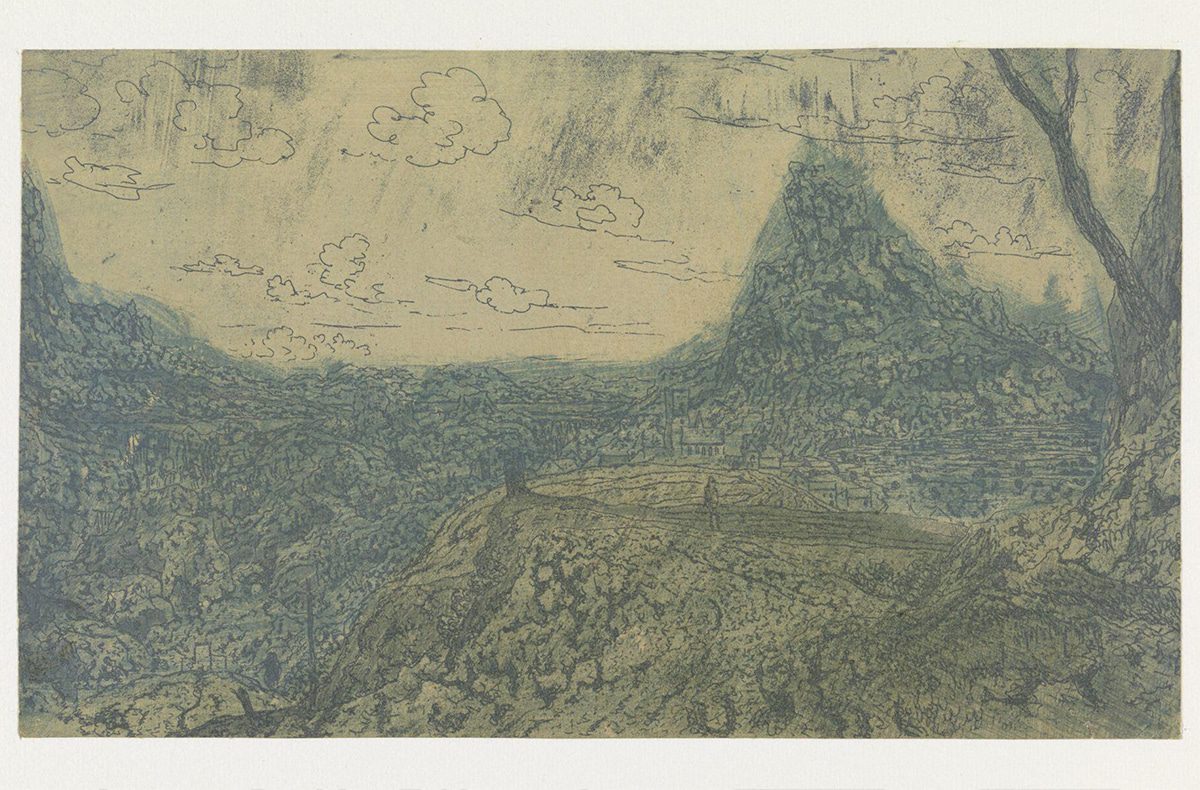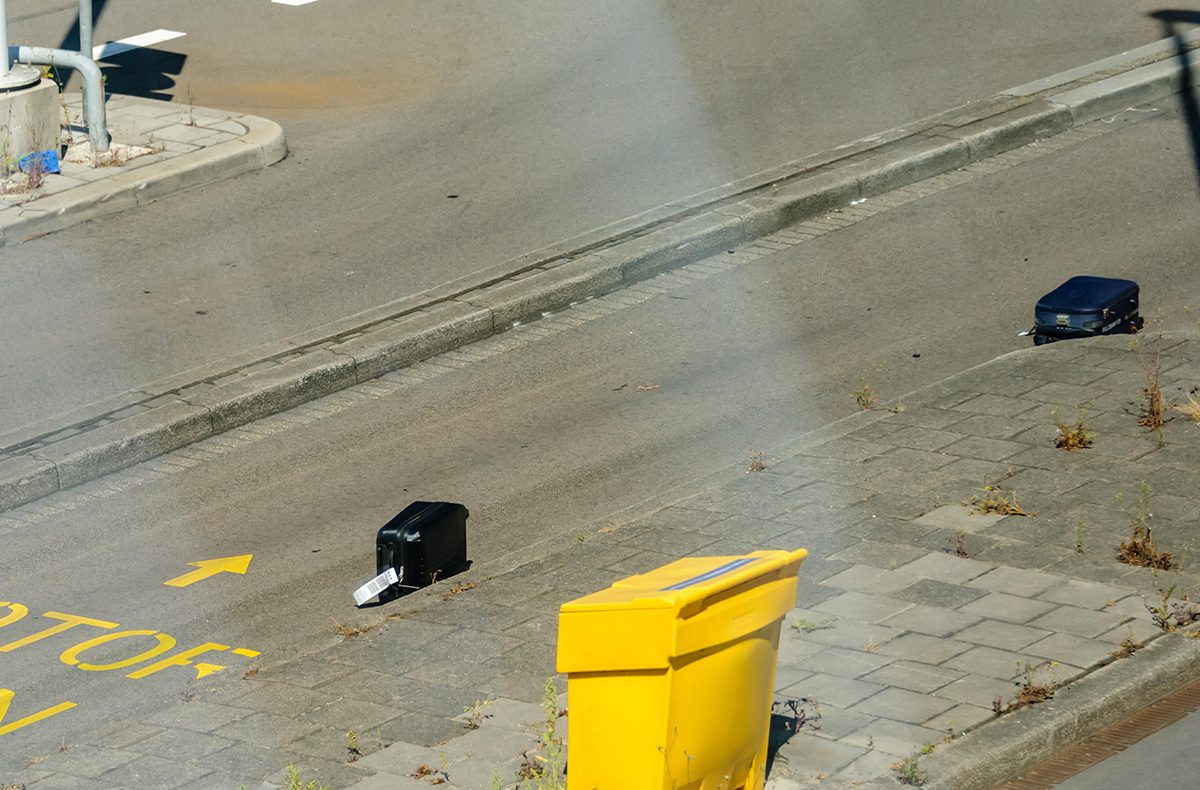
First things first: I’m not such a chauvinistic New Yorker that I won’t admit the UK invented the borough (archaically: a town or community granted parliamentary representation). But I can tell you without a trace of irony that there are only five boroughs. Five is a neat number. Prime. Countable on a single hand. Indivisible. In fact, it’s annoyingly indivisible: five is reliably the number of crustaceans you’ll get in any Manhattan shrimp cocktail you’re looking to split. Sure, 32 is a pretty great number: the math nerd in me will note that two raised to the fifth power is 32, so even in London we are still dealing with a civic iteration of five. But it’s The Five Boroughs to me.
In the eight months since I have been Editor-In-Chief of this very transatlantic publication, not once had I popped across the pond for a London visit prior to last month. We launched our beta publication in December, just in time for the Omicron variant. The new wave ate the winter. Spring seemed like an existential backlog. I felt a sense of relief that I made it at the buzzer at the Solstice—when the days are longest and whatever high tea the Jubilee was on was highest (more on that in a few).
The greatest compliment and most singular insult I can pin on London is this: it’s never seemed like a destination to me. It is the antithesis of exotic to a New Yorker. The language barrier consists of some errant u’s. The only shot you’ll need is an inoculation against looking right—the right way—to cross the road. (And to anyone who will retort that North America drives on the “wrong” side of the road, I entreat them to show me ONE instance of writing on the street warning the pedestrian to look in an unnatural direction. I digress.) My pulse races when I go to London because I’m seeing friends, not because I am about to experience anything wildly unfamiliar or challenging.
That said, the bar is very damn high. I take London in stride because it forms a part of the international megalopolis of cities that attract world-class culture, all manner of human ambition, and a staggering amount of diversity that is—without a doubt—the very reason London, like New York, is one of the great global capitals. A whopping 40% of New York City’s population is immigrants, compared to London’s very similar 37%. However, whereas an estimated 250 languages are spoken in London, linguists have clocked as many as 800 in New York City. These numbers are especially noteworthy considering that the US and the UK have notoriously low numbers of bilingual citizens on a national scale. London and New York are islands of diversity in two of the richest, most powerful, most monolingual developed countries in the world.
That said, there are differences. Real ones. Somewhere in that 550-language gap we may account for the loss of the word “hustle.” On one leg of my most recent trip, I landed at Heathrow at midnight on a Sunday, and noted I was not in the City that Never Sleeps. The pace is assuredly slower. Sweeter, many say (I’m not one of them). Certainly, it’s more gracious if you can afford a nice piece of property. In a sense, it’s almost as though Greenwich, Connecticut were simply grafted onto the Upper East Side. Even if you aren’t someplace ostensibly posh, I’d grade London a whole hell of a lot prettier than New York City. Sometimes, I feel like I’m ambling past a tidy Elizabethan theme park when a friend tells me we’re in a rough neighborhood. Meanwhile, in New York, I can take those same friends on a stroll past a post-industrial Superfund Cleanup Site and assure them a loft just went for $12 million.
Yeah, yeah: London is prettier! It’s a lot prettier. But, for my money, the parks are too damn big. In fact, the whole place is too damn big. Of course, this is inherent to its charm: the countryside that organically merged into teeming urban sprawl. The secret one-block streets. The stately doorways. The passageways. The houseboats docked along the canals. The winding river and its gently unspooling banks. The way the light rakes across more varieties of brick than any American has ever known. Every time I visit, I always wonder: how many bricks are there in London? How many panes of subtly melting leaded glass? Yes, London is pretty, even if one must face down the very real and terrifying possibility of getting lost in an urban park.
Alas, there is the weather. My friend Tom (Borough of Bethnal Green) once remarked that the weather can kill you in New York City, but the weather will make you kill yourself in London. Such weather certainly impedes one’s enjoyment of those highly obstructive, neverending parks. Be that as it may, London is thrillingly familiar, if such a thing is possible. To me, it’s like a part of New York City that takes 6.5 hours to reach, crammed with restaurants, museums, and shows I’m aching to visit—and friends I don’t see often enough because of the commute. It hosts world-class book stores, legendary music venues, and fabulous martinis in parts of town I wouldn’t otherwise touch with a ten-foot pole (i.e., Duke’s and Bemelmans).
For the most part, my London life is on the East End, which honestly feels like a cross between Williamsburg and Fort Greene. This is why, after I dropped my bags at my friends’ flat in Bethnal Green and took the Central Line to Oxford Circus to our London office, I couldn’t help but emerge in daylight and double over laughing to see the streets festooned with Union Jacks strung across buildings more densely than tenement laundry, blindingly white buildings, and a bobbing sea of bright red double-decker busses. Where the hell was I? London, I guess. JOLLY JUBIFREAKINGLEE. But this was the London of postcards and placemats, not of my curated transatlantic navel-gazing. Here was the veneration of the Royal Family, Oprah nowhere to be seen.
It bowled me over to see a nation’s capital, rather than the international city I choose to visit. I found myself in a metropolis at once so foreign and so familiar that suddenly the alien features illuminated a lot about New York for me. Both the problems and the gorgeously diverse legacies of these two cities are the inheritances of empire—the British Empire and, conveniently, the Empire State. The nature of those two empires have shaped the flavors of diversity each city hosts. In London, Mohammed is the most popular baby name. You cannot swing a dead cat (or fox?) without hitting a curry joint. In New York, the culture points to the legacy of those enslaved and otherwise encumbered by the Monroe Doctrine and all forms of American Exceptionalism—manifestations of Manifest Destiny mixed with Ellis Island. Both cities are decidedly Caribbean. The tides of immigration in each metropolis trace the history of their respective empires.
Of course, while I was away, the US saw sweatless Prince Andrew and raised it Religious Right SCOTUS. Church and State—supposedly separate—were apparently holding a black-robed, bullet-riddled fundamentalist orgy. My Instagram timeline screamed bloody murder about how most groups of people were never treated well in America and, to use an expression from New York deli culture, white women should take a number. Since I have returned to America, Boris has fallen, but the specter of Brexit looms large and was easily visible during my visit in a funhouse-mirror of inflated prices and depreciated currency.
It’s easy to be smug about nationwide social issues in a city like London or New York, but that also misses the point that these cities are the nerve centers for the economic ones. New York City hosts the highest concentration of ultra-high net homeowners in the world—and the poorest Congressional district in America. Half of London’s wealth is owned by 10% of its inhabitants. London is, of course, the seat of national government, whereas New York is a rogue money maker and culture machine, but both host ruling classes and the most marginalized, including refugee populations. Both cities have also lost a lot of working-class areas that helped give them their progressive political legacies, and both countries have watched as their more left-leaning parties have lost control of the working-class narrative on a national scale. Staten Island—New York’s most conservative borough—recently saw a shift back toward that progressive work-class heritage with Amazon workers’ efforts to unionize, but the massive income disparity remains.
The nature of wealth in both cities is a telling marker of different but equally troubling legacies—but those legacies are also markers for opportunity. New York City and London are international cities built on many injustices and richer for the oppression they meted out. For all of the cruelty of the British Empire, I cannot sit back and say Wall Street is kind. Nevertheless, both places mark wondrous—if problematic—crossroads of wealth and culture. For all their local quirks and color, their assets are essentially the same. In a season of hopelessness, I believe in the cosmopolitan. I can hold some optimism for people who will risk it all to live on top of one another and stake their happiness on their abilities to get along in tight quarters. City dwellers find it natural to come together to survive. City dwellers take noise, crowding, and differences large and small as signs of vitality. When we look around the world and see nothing but polarization, city dwellers will show us countless other ways of coming together and making do. It’s just our way.
Cities that leverage disparity for glamor and profit off the pain of the furthest corners of the world can also be places that take such wretched histories and move forward in a new, amalgamated form. This ability to transform history into a different, better intentioned future is what we will need to harness in the face of the reactionary extremism that has spread virulently as the pandemic has raged: racism, stratification of wealth, unaffordable costs of living, and social justice catastrophes. Painful legacies must be markers for opportunity—and chances for collaboration and understanding that can happen in the diversity of our greatest cities, where coexistence means survival. In such diversity, there is the chance to adapt, change, and find new ways of moving forward together.



